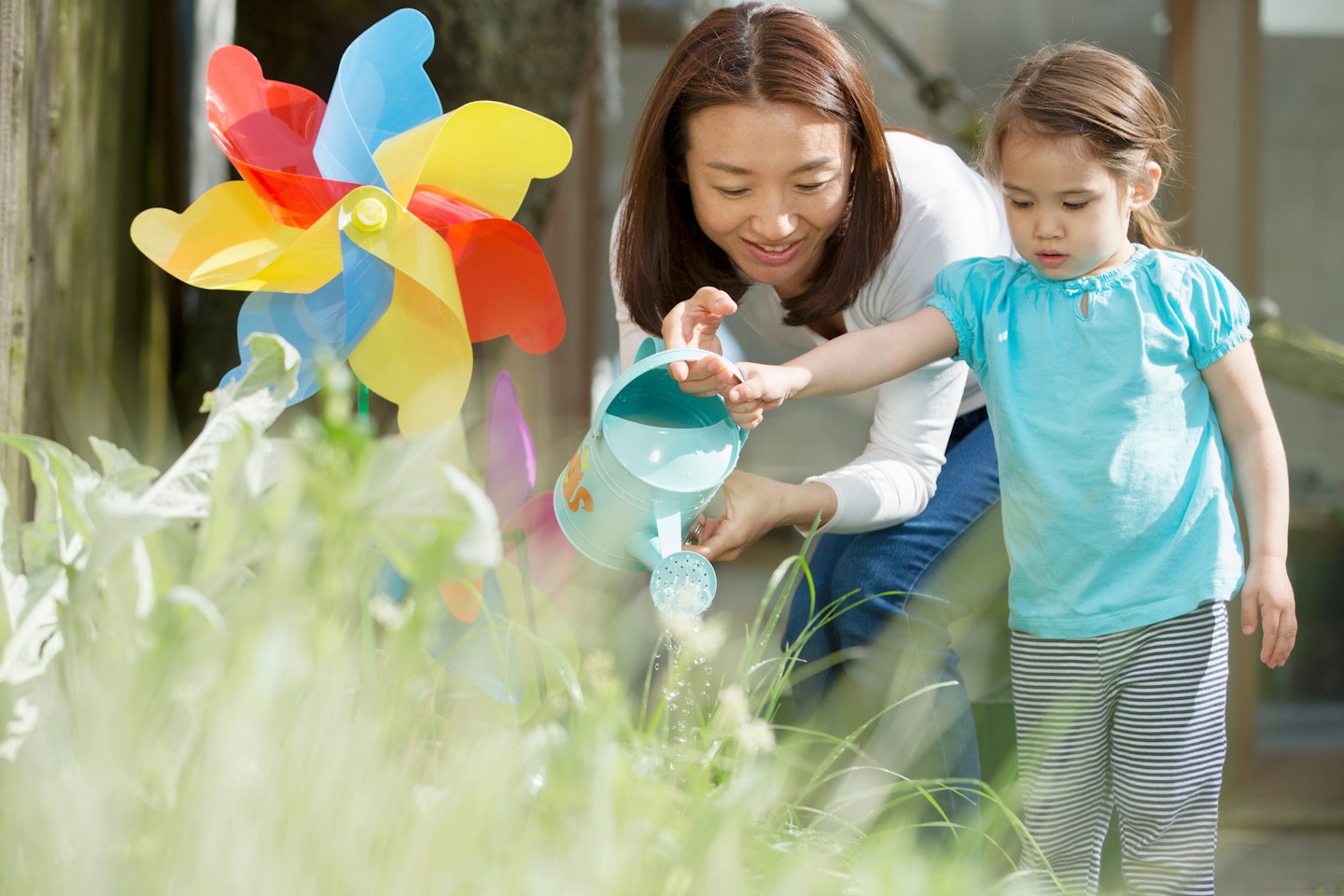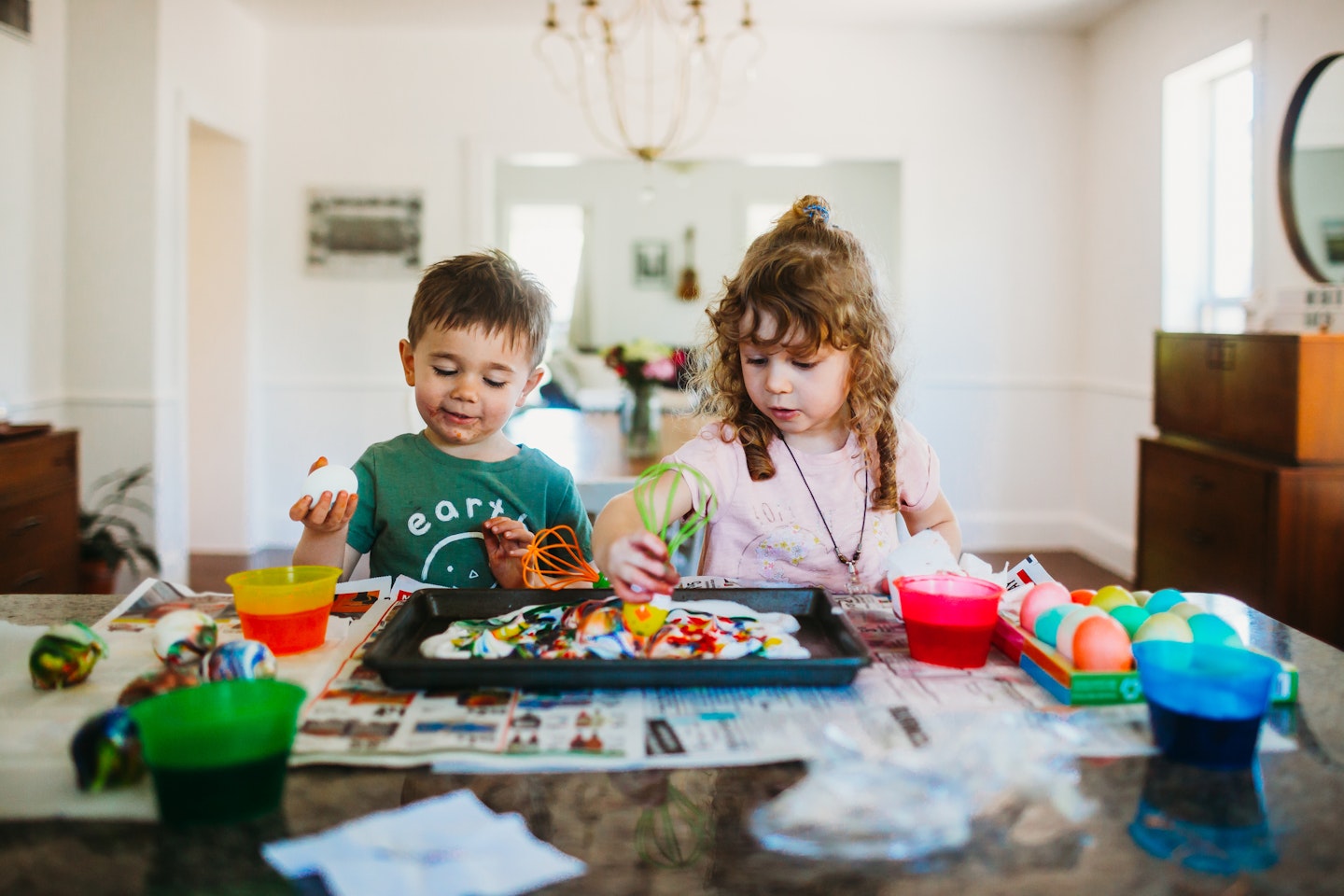Wellbeing activities for kids are important for developing positive social, emotional and communication skills. By taking care of your child's wellbeing, you're laying the foundation for better mental health for later in life, arming them with skills which will help promote healthy relationships, manage stress effectively, and communicate their needs clearly.
It's no surprise that children's mental health has declined since the pandemic. In 2023, around one in every five children and young people aged 8-25 had a mental health difficulty and we only expect this number to creep up over the next few years.
Cecilia Corbetta is an experienced psychotherapist, counsellor, parenting coach and senior clinician at children’s mental health charity, Place2Be. “As a child grows from a baby to a child, physical growth is easy to see however, growing emotionally is also a vital part of a child’s development."
She stresses the importance of what grown ups can do to help improve children's emotional wellbeing. “As parents or carers, it is important to take care of a child’s physical and mental wellbeing. If your child is at school or nursery, parents and carers can look for activities to try at home with their children afterwards or at the weekend."
Spending time with your children and taking part in different activities, even small ones, can help start conversations as well as keep them entertained and inspired, which helps with their overall emotional and mental wellbeing.
Wellbeing activities for kids and toddlers
We asked Cecilia to share her top 5 examples of wellbeing activities for kids and toddlers. These are easy things to do which can help nurture their emotional and social development.
Connecting with nature
Whether it’s playing in the paddling pool, sandpit, football or some other outdoor activities, connecting with nature has benefits for our mental wellbeing. “We suggest taking your child for a walk, or to play in the green spaces nearby,” says Celia. “This could be an inner-city park, a forest, or along a local river or canal. While doing this, encourage your child to take notice of everything around them – they could look up at the trees, or count the number of birds, bees or dogs that they see.”
Get growing

“Growing plants can be a rewarding process for children, as well as for adults,” suggests Cecilia. “Some research suggests that gardening can improve our wellbeing, reduce stress and promote family connection. Watching and helping something to grow can give children a sense of achievement, satisfaction and pride from nurturing a plant.” You can get your little one involved in watering or potting plants which they can watch grow like cress, sunflowers, chillies or tomatoes.
Staying active
This ones a no-brainer! Keeping active is a great way to look after our mental wellbeing, so try and schedule some time for your child to move away from the sofa and stretch their legs. “Fresh air can do wonders for our mental health, so if it’s safe to do so, take your child to a local park with your family, or kick a ball around in the garden,” says Cecilia.
If you’re not able to get outdoors though Cecilia has some other suggestions: “You could schedule in some indoor exercise time. For example, challenging your child to make up their own exercise routine. Make it fun with your own choice of music, or maybe even just have a dance around the front room!”
Arts and crafts

Making things and trying some arts or easy craft ideas is another brilliant wellbeing activity for kids. It's also a good way to boost toddlers’ motor and coordination skills. “Anything lying around the house could become a project: old boxes; toilet paper rolls; or even scrap paper can be transformed with a little imagination,” says Cecilia. “Encourage your child to grab some paints, felt tips or pencils and find a space at home where they can make a little bit of mess.”
Keeping a diary
This doesn’t need to be full on, after all your little one is only, well…little! “If your child is struggling with some difficult feelings, it can sometimes be beneficial to express how they feel in a diary. Encourage them to make a note of things that they find helpful, or things that seem to make them feel worse,” says Cecilia. For smaller children a good way to do this is by encouraging them to draw how they feel; this could be as simple as a sad or happy face. Writing things down can also make them easier to process. Try helping your child to break down any problems in a way that’s manageable for them and approach them one step at a time.
About the expert
Cecilia Corbetta is an experienced psychotherapist, counsellor, and parenting coach dedicated to helping individuals and families navigate life’s challenges. She is also senior clinician at children’s mental health charity, Place2Be. Her approach is compassionate, thoughtful, and grounded in years of professional expertise.
Bryony Firth-Bernard graduated from the University of Gloucestershire and went on to work as a reporter at Heart Radio West. She worked as a digital writer for Mother&Baby and Yours.co.uk before moving on to work for a fitness brand.
Popular articles to read next
Promoting healthy mental and emotional wellbeing in children
How to spot the signs and talk to your child if they’re struggling
